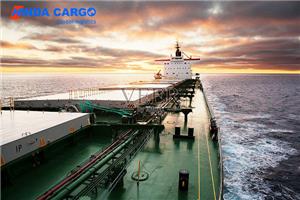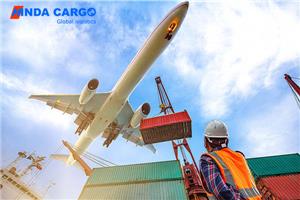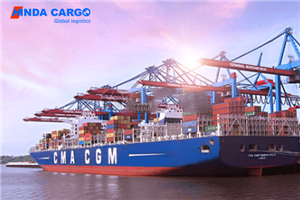How many containers can a cargo ship carry?
With the rapid development of globalization, maritime transport has become an important part of international trade. Cargo ships, especially container ships, as the mainstay of the global logistics network, undertake most of the cargo transportation tasks.
However, for most people, how many containers a cargo ship can carry is a vague concept. This article will explore in detail the carrying capacity of container ships, its influencing factors and actual cases to help readers understand this key issue more comprehensively.
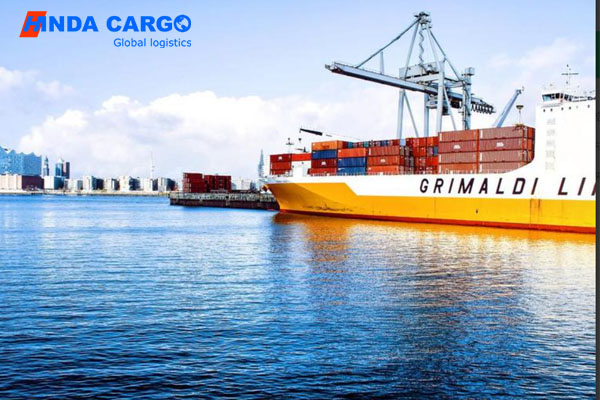
Types and carrying capacity of container ships
Container ships can be divided into different types according to their design and carrying capacity. Usually, we use "standard containers" (TEU, i.e. 20-foot standard container units) to measure the carrying capacity of cargo ships.
Types of container ships
1. Small container ships: The carrying capacity of such ships is usually between 1,000 and 3,000 TEU, mainly used for short-distance transportation on near-sea routes and within regions.
2. Medium container ship: with a carrying capacity between 3,000 and 10,000 TEU, it is often used for medium-distance routes, connecting major international trade ports.
3. Large container ship: with a carrying capacity between 10,000 and 20,000 TEU, it is mainly used for transoceanic routes, connecting major global trade centers.
4. Ultra-large container ship: with a carrying capacity of more than 20,000 TEU, it represents the top level of today's maritime transportation. This type of ship is mainly used for long-distance, large-scale international trade transportation.

Specific analysis of carrying capacity
The carrying capacity of a container ship depends not only on its size, but also on many factors such as design, route, cargo type and port facilities.
1. Design factors: The design of a container ship determines its maximum carrying capacity. Modern container ships use advanced hull design and efficient loading and unloading systems to maximize the use of ship space and improve carrying capacity.
2. Route factors: The needs and characteristics of different routes also affect the carrying capacity of cargo ships. For example, long-distance transoceanic routes usually require greater carrying capacity, while short-sea routes require higher flexibility and frequency.
3. Cargo type: The type and nature of the cargo will also affect the carrying capacity. Certain special cargoes such as dangerous goods and refrigerated cargoes require special handling and may take up more cabin space.
4. Port facilities: The port's loading and unloading capacity and infrastructure also limit the cargo ship's carrying capacity. If the port does not have enough equipment and space to handle large-scale container cargo, even if the cargo ship itself has a large carrying capacity, it cannot be fully utilized.
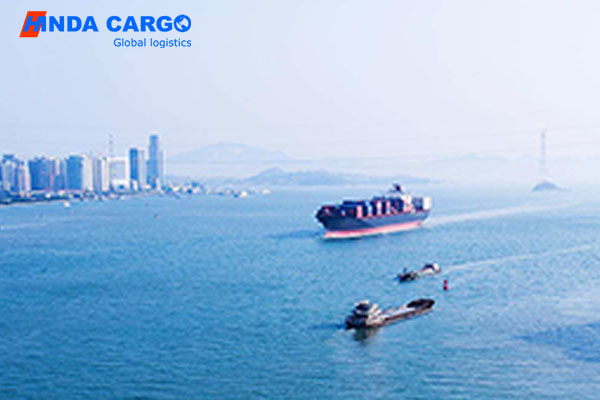
Actual case analysis
In order to better understand the carrying capacity of a cargo ship, we can analyze it through actual cases.
Case 1: The world's largest container ship-HMM Algeciras
HMM Algeciras is currently one of the largest container ships in the world and belongs to the Korean Hyundai Merchant Marine Company (HMM). This giant cargo ship has a carrying capacity of up to 24,000 TEU and is a typical representative of ultra-large container ships.
1. Design and construction: HMM Algeciras was designed and built by Daewoo Shipbuilding & Marine Engineering (DSME) of South Korea. It adopts the latest hull design and environmental protection technology, and has efficient fuel utilization and low emissions.
2. Actual carrying capacity: In actual operation, HMM Algeciras's carrying capacity has reached full load, and the 24,000 TEU cargo includes all kinds of goods, from electronic products to daily necessities.
3. Routes and ports: HMM Algeciras mainly operates on transoceanic routes between Asia and Europe, and stops at major ports around the world such as Shanghai, Singapore, Rotterdam, etc. These ports have advanced loading and unloading facilities and can efficiently handle container cargo from giant cargo ships.
Case 2: Carrying capacity of medium-sized container ships
Take medium-sized container ships as an example. MSC Gulsun is a container ship of the Swiss Mediterranean Shipping Company (MSC) with a carrying capacity of 14,000 TEU.
1. Design and construction: MSC Gulsun was built by Samsung Heavy Industries in South Korea and uses dual-fuel engine technology, which can use traditional fuel and liquefied natural gas (LNG), reducing carbon emissions.
2. Actual carrying capacity: MSC Gulsun can carry 14,000 20-foot standard containers when fully loaded. It carries a wide variety of cargoes, including machinery and equipment, auto parts, textiles, etc.
3. Routes and ports: MSC Gulsun mainly operates on routes between Asia and North America, calling at major North American ports such as Los Angeles and Long Beach. These ports have strong loading and unloading capabilities and can handle container cargo efficiently.

